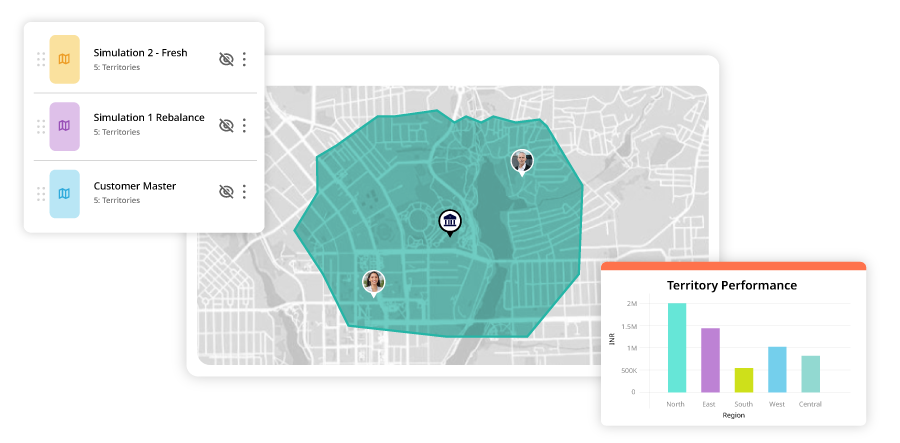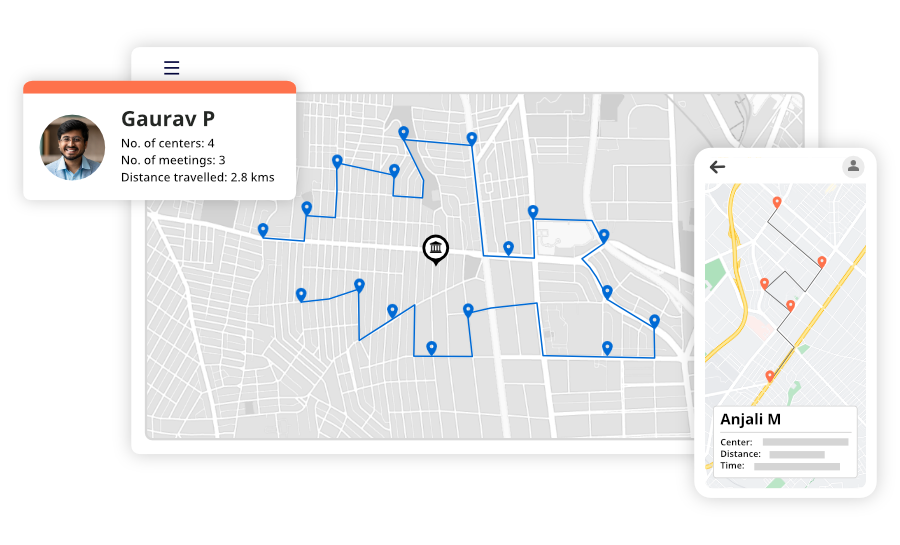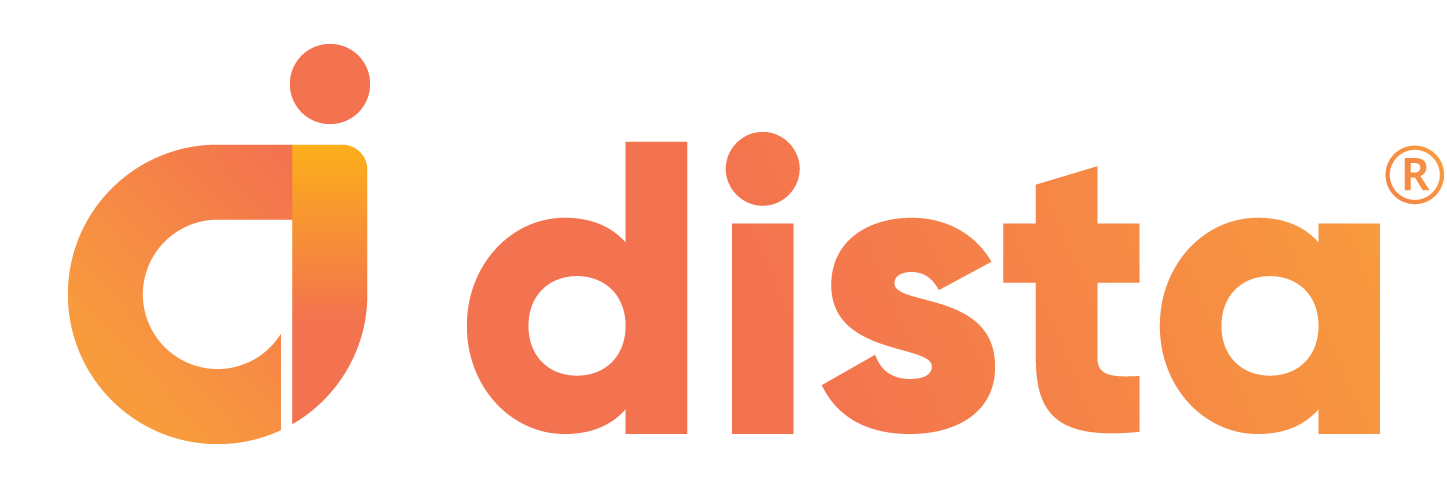Key Takeaways
- Measure key KPIs like lead‑to‑sales conversion, sales per rep, and customer acquisition cost to identify sales productivity gaps.
- Use territory mapping and geospatial analytics to assign balanced zones and eliminate overlap.
- Empower reps with a mobile-first “office”—daily plans, contextual nudges for priority leads, call tools, expense tracking, and collateral access.
- Implement AI-powered lead management, beat planning, route optimization (up to 68% boost in rep productivity), and live field visibility to streamline operations and elevate outcomes.
What is Field Sales Productivity?
While working to the same end, field sales productivity and sales productivity refer to distinct functions and are measured by different KPIs.
Field sales productivity is specific to outside sales reps and focuses on optimizing territory management, and customer interactions. Measuring this productivity is essential for managers to identify inefficiencies and carve a sales strategy that makes the most of their sales team.
Sales productivity refers to the overall efficiency of a sales team in generating revenue. It measures how effectively sales reps utilize their time and resources to close deals. Key factors influencing sales productivity include lead management, automation, sales training, and CRM usage.
In this blog we list seven ways using which sales managers can enhance the field sales productivity of an organization.
1. Measure Sales KPIs
Businesses monitor and measure field sales KPIs to track actual performance against goals. These include monthly sales growth, opportunities, sales per rep, lead-to-sales conversion metrics, customer acquisition cost, and more. Tracking and monitoring these KPIs allow managers to understand if the sales activities provide the desired results or need to be tweaked to be more effective.
2. Plan Sales Territories
Territory mapping divides geographic regions into equitable territories. Using geospatial analytics and visual mapping, sales managers can identify coverage gaps, unlock new markets, and assign reps to territories.
A territory management software can simplify this process and help managers better visualize leads, reps, and PoI data. The software eliminates overlap by clearly defining the criteria for assigning and dividing these territories.
So, the right field sales rep also gets assigned to the right customers. The software can even rebalance territories and workload based on reps or customer distribution. Managers can also manually calibrate territory mapping to boost performance as and when required.

Check This Infographic: 7 Best Practices for Sales Territory Management
3. Empower Sales Reps
Sales reps have multiple tasks to do on a given workday. Having a dedicated app that acts as a mobile office empowers them to go about their day more productively.
They can start the day by accessing a daily plan to schedule meetings effectively. Reps can benefit from contextual nudges provided by the app to visit priority leads and upsell/cross-sell products.
Sales reps can also update daily attendance and manage expense reports. A one-tap calling feature can help improve the communication between field sales reps, managers, and customers. The app also enables reps to share essential collaterals for sales and upselling seamlessly.
4. Strengthen Lead Management
According to a report by Forrester, companies with structured lead management experience a 10%+ increase in revenue within 6-9 months. However, assigning leads is a challenging and time consuming process.
A robust field sales management software like Dista Sales offers end-to-end lead management solutions. Sales managers can define rules and capitalize on location intelligence insights to evaluate, prioritize, and distribute leads to a mapped territory.
The software intelligently allocates top priority leads to experienced reps using the SPACE framework. Intelligent lead management can help sales managers improve lead engagement and optimize resource allocation, thus enhancing field sales productivity.
5. Create a Sales Beat Plan
Having a day plan gives sales reps better clarity to execute tasks. However, manually creating it for hundreds of field reps is cumbersome. Field sales management software simplifies the process, saves time, and eliminates redundancy.
Managers can create an impactful sales beat plan to outline reps’ daily schedules with a field sales software like Dista Sales. It leverages location intelligence and AI/ML-enabled algorithms to plan and map all field visits and sales tasks. The platform enables them to prioritize the right customers and increase the number of visits in a single trip to improve engagement.
6. Enable Route Optimization
An intelligent scheduling and routing software can optimize travel by determining the fastest, shortest, and safest routes. Research suggests that AI-based route optimization has been shown to improve agent productivity by 68%.
The software can assess real-time traffic patterns, weather conditions, and demand forecasts to optimize the planned routes in a defined territory. It uses dynamic algorithms to simulate and map the best routes. Reps can reach prospects on time and boost lead actioning to improve conversions.

7. Monitor Field Sales Activity
Your workforce can use field force management software to optimize their daily operations. The software digitizes record keeping and tracking of all field sales activity, helping managers can track the field sales activity in real time. For example, with Dista Sales, when a rep collects documents for verification, they can update the task status instantly through the mobile app.
With end-to-end visibility into the daily operations of the sales reps, territory performance, and hierarchy-based reporting – sales managers can visualize, strategize and operationalize the sales process on the go.
Final Thoughts
Boosting field sales productivity is a continuous and dynamic process. Using a field sales management software makes it easier for sales managers to build teams, monitor performance, and empower reps with the right tools that boost sales productivity.
Dista Sales is a robust field sales management system that applies location intelligence to plan, streamline, and optimize field sales activities. Its AI/ML-enabled algorithms improve field visibility, enhance strategies for boosting operations, and increase sales outcomes by empowering reps.
Would you like to discover how our product can help your business with a demo? Get in touch with us today!
Gartner Peer Reviews: Dista Sales







